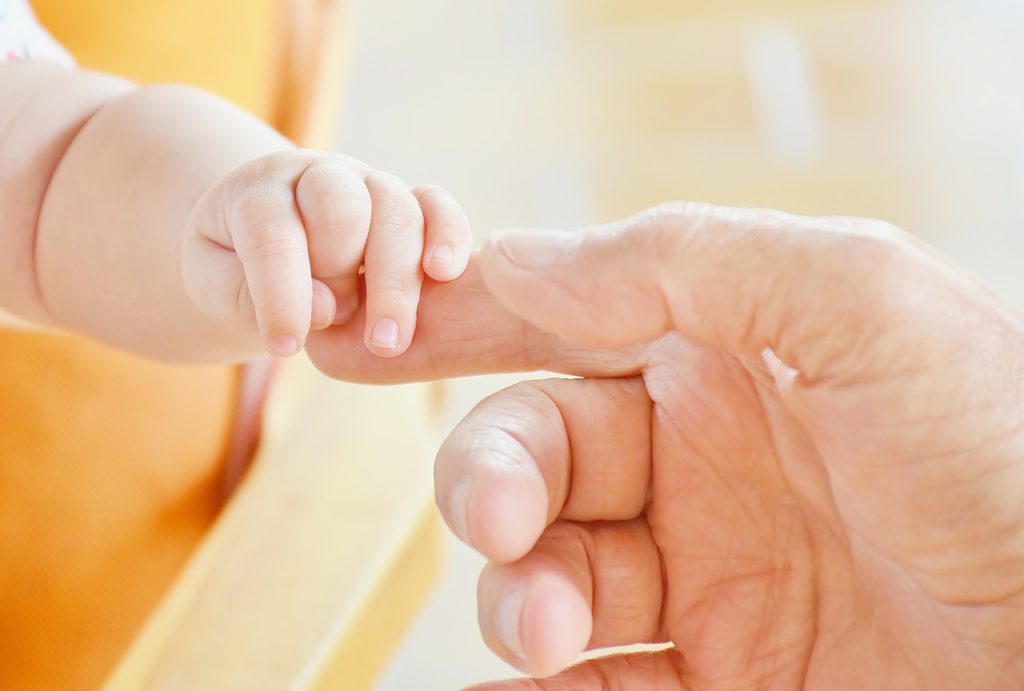A little known, though common orthopedic condition affecting the hands and fingers, is called Dupuytren’s Disease. While conditions such as carpal tunnel syndrome, cubital tunnel syndrome, tennis elbow and other types of tendinopathic injuries and conditions are readily discussed, little is written on Dupuytren’s disease and the associated nodules and finger contractures that have the potential to dramatically impact hand function if left untreated.
This blog series will take a closer look at this particular condition and the exciting things that are changing treatment options available to chronic sufferers.
About Dupuytren’s Disease – A progressive condition, Dupuytren’s disease causes the fibrous tissue of the Palmar Fascia in the hand to shorten and thicken, forming scar tissue or nodules. These nodules can grow together and form tight, restricting “cords,” which limits finger extension and results in contractures. Generally located in the palm at the base of the ring and little fingers, a Dupuytren’s Contracture can dramatically impact hand function.
While little is known about what prompts Dupuytren’s disease, it is believed to be a hereditary condition. It is also more frequently seen in men over the age of 40, those of Northern European descent and those who smoke, use alcohol or have diabetes.
While a small percentage of cases can be resolved conservatively, utilizing cortisone injections, heat ultrasound therapy and stretching exercises, those suffering from chronic contractures now have a less invasive option to traditional surgery – Percutaneous Needle Fasciotomy (PNF), or Needle Aponeurtomy (NA).
PNF is considered when Dupuytren contractures cause problems with hand function, either as a result of tightening or contracture of the cords affecting nearby digits, or if there is a fixed flexion contracture of the middle finger joint, known as the proximal interphalangeal (PIP) joint. The procedure is also considered when contracture of the metacarpophalangeal (MCP) joint reaches 30 degrees to 40 degrees.
Until recently, open surgery was the only option for patients suffering from severe Dupuytren contractures. Today, the needle aponeurotomy, first practiced with great success in Europe, is a minimally invasive surgical approach to addressing the contractures and restoring hand and finger function.
New Dupuytren Procedure Comes to the United States – part 2
Proves promising to Dupuytren Patients – European procedure providing hope to Dupuytren Contracture patients reluctant to undergo surgery.
In our last blog of the Dupuytren Series we discussed the effects of Dupuytren’s Disease and who is most often impacted. This blog is dedicated to the discussion of the promising new treatment for those who suffer from severe Dupuytren contractures that either continue to reoccur following conservative treatment or exceed acceptable degrees of contraction and severely limit hand function.
Traditionally, open surgery to remove Dupuytren nodules and release the contracted palmar fascia, generally at the base of the small and ring fingers, was the last resort measure taken by patients afflicted by severe Dupuytren Contractures. This type of surgery came with the same risks and lengthy recovery time associated with open surgery.
Today, an innovative new procedure first established in Europe is addressing these severe contractures less invasively. Known as the Percutaneous Needle Fasciotomy (PNF), or Needle Aponeurotomy (NA), this new procedure can address the contracture without cutting into the skin and disturbing surrounding soft tissue and nerves. This new minimally invasive surgical approach is an outpatient procedure and entails a local anesthetic and tiny needles.
Needles are applied to the affected areas, which are first identified with small marks. The needles are maneuvered in such a way that “punctures” the contracting tissue. The puncturing process weakens this contracting cord and initiates a breakdown. Fingers are freed from the contraction, allowing the hand to function normally.
Patients are then instructed on rehabilitative exercises in order to ensure full resumption of hand function.
The minimally invasive nature of the needle aponeurotomy procedure allows a faster recovery and more rapid return to activity. The risks associated with traditional open surgery are eliminated and patients report minimal pain following the procedure.
While this procedure is not available in every US city, Dr. Evan Collins is one of the few hand specialist who performs PNF.
New Injection Therapy for Severe Dupuytren’s Contracture
New Injection Therapy, XIAFLEX®, Offers Nonsurgical Relief for Severe Dupuytren’s Contracture.
Patients suffering from debilitating contractures able to resume activity with little down time.
Those suffering from Dupuytren’s Disease often find the severe contractures associated with it to be debilitating obstacles to many of the activities they enjoy – and often in their professions as well.
Dupuytren’s Disease is a thickening of the tissue (fascia) in the hand slightly beneath the skin. This thickening can cause lumps and pits in the palm of the hand and on the finger knuckles and in severe cases cords (primarily comprised of collagen),which pull the fingers inward towards the palm. This is known as Dupuytren’s Contracture.
While the exact cause of Dupuytren’s Disease is unknown, it is commonly seen in men over the age of 40 and may grow progressively worse if not addressed. While generally painless, symptoms may begin with lumps in the palm of the hand and progress to thick cords spreading from the palm outward to the fingers – most commonly the ring and little fingers. These thickening cords gradually pull the fingers inward towards the palm, hindering hand function.
Traditionally, surgery to release the thick, tight cord was required in order to address severe contractures and restore hand function. More recently a minimally invasive procedure known as a Percutaneous Needle Fasciotomy (PNF), also known as Needle Aponeurotomy (NA), reduced recovery time and proved an effective alternative.
Now, a new nonsurgical treatment known as XIAFLEX injection therapy is an alternative for some patients. This new therapy is the first nonsurgical treatment FDA-approved for use in the United States and offered by only a few hand specialists in Houston. The treatment is proving effective in restoring hand function and relieving symptoms of Dupuytren’s Contracture for qualifying patients.
A prescription medicine, which contains a mixture of proteins, XIAFLEX, is injected into the cord by a physician who specializes in Dupuytren’s Disease. It helps to break down the thick cord by breaking down the collagen in the cord.
In Part 2 of our discussion, we’ll discuss who is a good candidate for XIAFLEX and commonly asked questions regarding the procedure and recovery.

